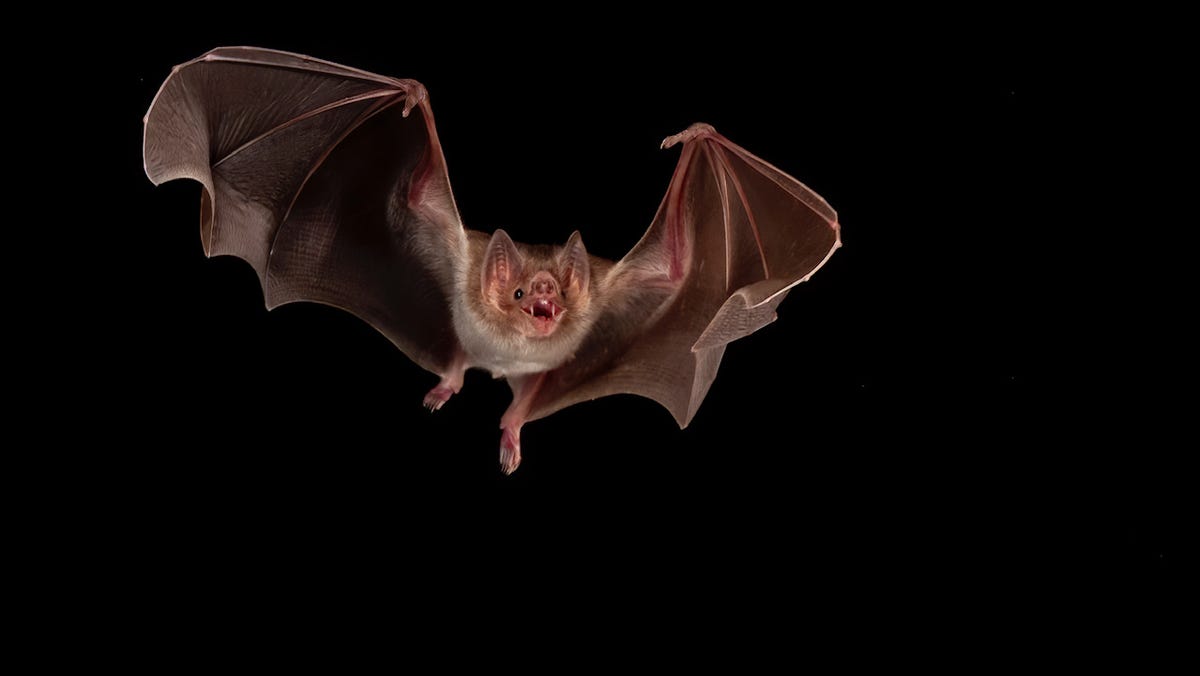There is a new study about vampire bats that, while perfectly timed for Halloween season, is raising alarms for the food supply chain and public health.
The study, published Thursday in the journal Ecography, found that climate change is correlated with the range of vampire bat habitats and increase the risk of rabies spillover events.
“Ongoing climate change is linked to distributional shifts of [vampire bats] in tandem with continental-level changes in the risk of RABV spillover from wildlife to domestic animals,” the study said.
The study mapped out the 20 northern most appearances of the vampire bat and created a model to project how long it may take for the vampire bat to make a home in the United States. The study said that the bat could, “extend its range into the continental USA in the next 27 years.”
“The climatic variable that most influenced the range shift in [vampire bat] distribution was historical temperature seasonality…a variable closely linked with changes in climate,” the study said.
Rabies could impact livestock as bat habitats spread
Currently rabies is a rare disease in humans within the United States with one to three cases occurring each year, according to the Centers for Disease Control. The disease’s major impact is on livestock as rabies cost the Mexican livestock industry over $46.7 million per year, according to a 2020 USDA report.
U.S. officials have taken steps to prepare for the vampire bat’s arrival. The USDA’s National Rabies Management Program released a report in September that said the program implemented surveillance for the disease in cattle in 2016 and has a campaign to educate farmers in both the U.S. and Mexico on the signs of vampire bat bites.
“This bat species causes a lot of concern in agriculture due to its ability to transmit diseases, injure livestock, and cause infections. Rabies is the most obvious issue because of livestock welfare and potential to infect humans,” Gary Joiner, a spokesperson for the Texas Farm Bureau, told Wired.
What are the symptoms of rabies?
The symptoms for rabies in humans and animals are often similar, according to the CDC. After an exposure, there is an incubation period, where the virus travels to the brain. The time of the incubation period may last weeks to months, and can vary depending on the location of the exposure site on the body, the type of rabies virus and any existing immunity.
At first, symptoms may present as similar to the flu, including weakness or discomfort, fever or headache. One may also feel discomfort, prickling or an itching sensation at the site of the bite. The CDC says these symptoms may last for days.
From there, symptoms may progress and become more severe, including:
- Cerebral disfunction
- Anxiety
- Confusion
- Agitation
- Delirium
- Abnormal behavior
- Hallucinations
- Hydrophobia (fear of water)
- Insomnia
Once clinical signs of rabies appear, the CDC says the disease is nearly always fatal, with less than 20 cases of human survival from rabies documented.
The CDC says symptoms of rabies in animals are similar to humans, from the early symptoms to the neurologic symptoms and leading to death.
What to do if you suspect rabies in an animal
The CDC recommends a few different courses of action depending on the type of animal that has been exposed to rabies.
In dogs, cats and ferrets that are currently vaccinated should be revaccinated immediately and observed for 45 days. If they develop any sign of illness, the CDC says that animal should be evaluated by a veterinarian and reported to your local health department.
Should they show signs of rabies, they should be euthanized, and the CDC says the animal’s head should be submitted to a diagnostic laboratory for testing.
If livestock has been exposed to rabies and are up to date on their rabies vaccination, they should be revaccinated immediately and observed for 45 days.
If you have other mammals that have been exposed to rabies, they should be euthanized immediately.

Rachel Carter is a health and wellness expert dedicated to helping readers lead healthier lives. With a background in nutrition, she offers evidence-based advice on fitness, nutrition, and mental well-being.







